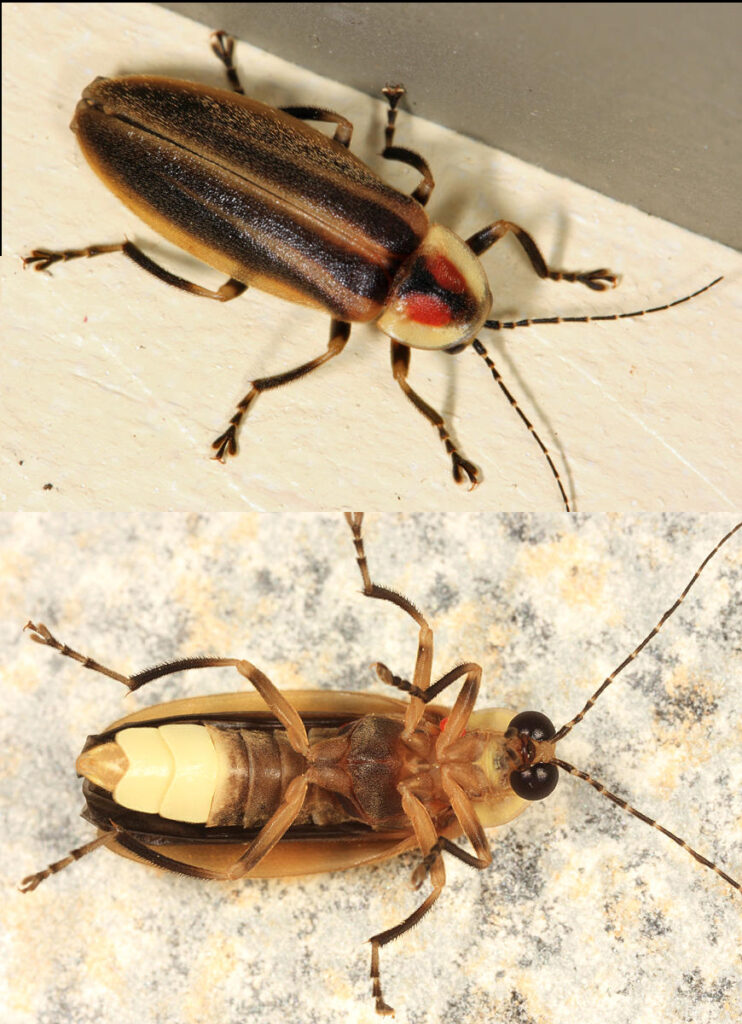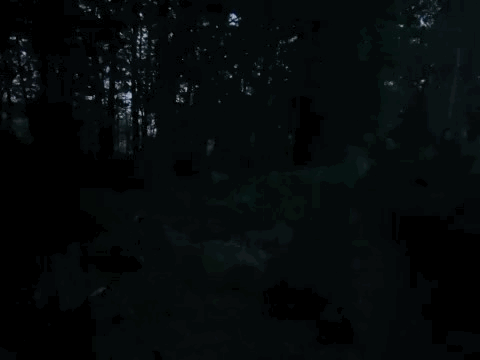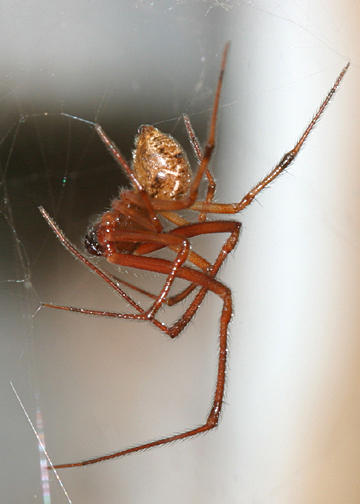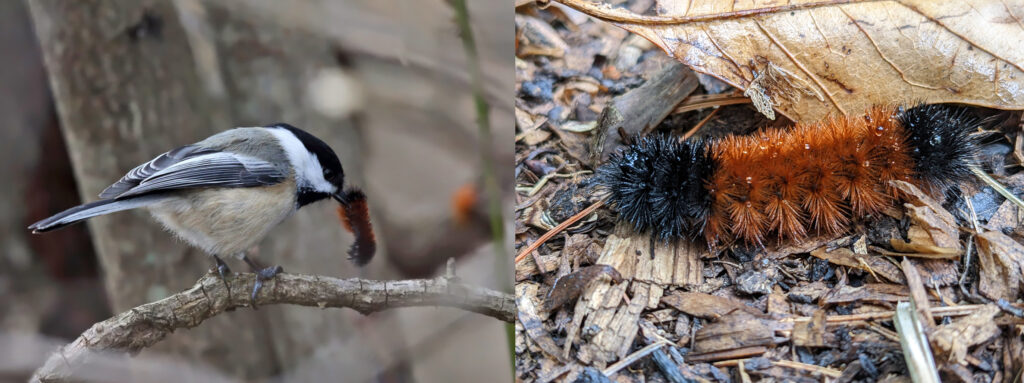As October creeps in fast, we wanted to highlight some not-so-creepy crawlies as they can get a bad rep during the spooky season! These bewitching bugs all use the autumn leaves in one way or another, so if you find yourself enchanted by any of the friends to follow, be sure to leave the leaves this fall!
Fireflies

Fireflies – those magical glowing creatures you may see at night – are actually a type of beetle. There’s over 2,000 firefly species around the world – many use their glow to attract mates. One genus, the Photuris, are known as the “femme fatales” of North American fireflies because the females mimic the glow pattern of other firefly species. When those other fireflies get near they kill and eat them!
What gets more Halloween than that?
We wanted to high-“light” this insect during the month of October not because they are one to spook an audience, but rather for their habitat. These inspiring little beetles lay their eggs in leaf litter, and rely on it as habitat for their larval and pupal development. If you rake up all the leaves in your yard during these fall months, you are removing essential habitat for many species, including the de-“light”-ful lightning bug.
>> Learn more about fireflies and how you can help them.

Spiders

This next insect is known to cause a scare for some, but they actually take care of actual spooky pests like mosquitos, flies, and wasps: the common house spider!
These benevolent roommates are masters at their craft, spinning a thicker region of web to perch on, often adding a leaf if able, to safely hide behind. These beings are not harmful to humans – in fact, most spiders want to avoid humans, so if you don’t disturb them, they won’t disturb you.
You can consider the common house spider as free Halloween decor – but if you’d rather not have cobwebs in the house, you can also gently relocate them outside. No need to kill these gentle creepy-crawlies.
Woolly Bears

Our last insect is one you may have seen walking along the sidewalk on one of your fall foliage strolls. Legend has it this insect is a mini meteorologist, predicting the severity of the upcoming winter season based on their coloration. Woolly bears are the larvae of Isabella tiger moth, metamorphosing into the beautiful orange month in the spring. This “creepy crawly” is often seen strutting across sidewalks, roads and lawns during the fall months as they search for a safe and warm place to hibernate, often deciding on a comfortable pile of leaf litter! These resolute creatures develop a tolerance for freezing over entirely during the winter, as their fuzzy bristles trigger this bodily process that allow the caterpillars to freeze and unthaw come springtime. The legend that goes along with the Woolly bear caterpillars states that the thickness of their final black band predicts the severity of the upcoming winter, the thicker the band, the more severe winter! While we’re not sure if there’s any truth to that legend, these caterpillars are legendarily cute and are always a welcome sight this season.

